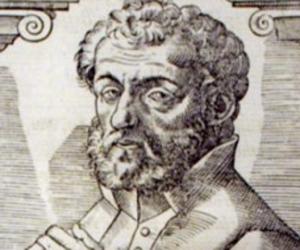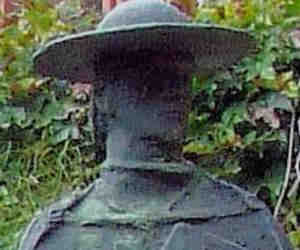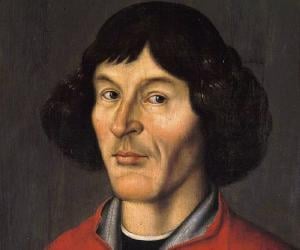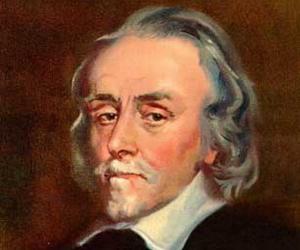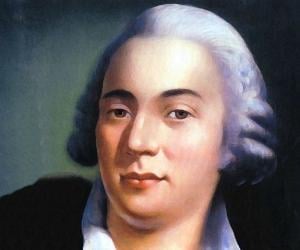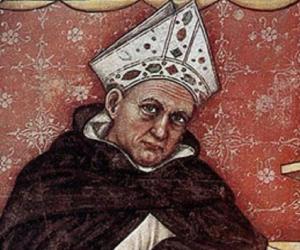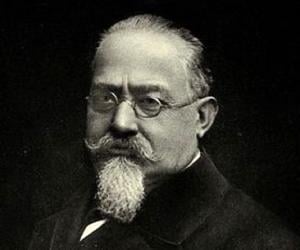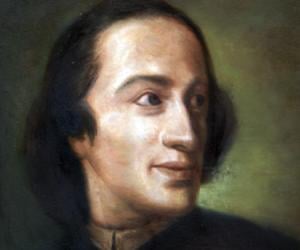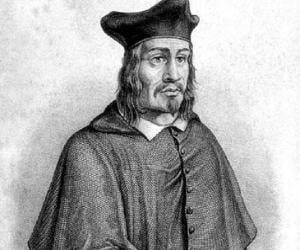Nicolaus Copernicus was a mathematician and astronomer. He is credited with formulating Heliocentrism, which led to the Copernican Revolution. Although Aristarchus of Samos had formulated Heliocentrism 18 centuries earlier, Copernicus was responsible for popularizing it. Copernicus is also credited with formulating an economic principle, which was later called Gresham's law.
The first to discover the entire process of human blood circulation, physician William Harvey was a Royal College of Physicians fellow. He also served as the personal physician of James I. He later worked at the Bartholomew’s Hospital but was replaced for being a staunch monarchist.
Albertus Magnus was a friar, bishop, and philosopher. Regarded by some as the greatest German theologian and philosopher of the Middle Ages, Albertus' writings have inspired the iconography of the archivolts and tympanum of the 13th-century portal of Strasbourg Cathedral. Remembered for his contribution to academics, several education institutions have been named after Albertus Magnus.
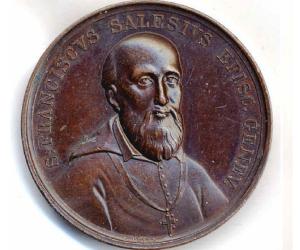
Called the Gentleman Saint for his tenderness and patience, Francis de Sales was a Catholic priest and Bishop of Geneva (1602-1622). Canonized in 1665, he was later proclaimed Doctor of the Church for his contribution to theology and patron of writers and journalists for his extensive use of broadsheets and books. He also invented sign languages for teaching the deaf.
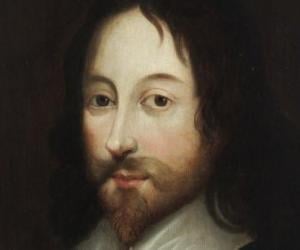
Thomas Browne was an English author and polymath who wrote several books on varied fields, such as religion, medicine, science, and the esoteric. Browne incorporated different styles of writing depending upon the genre he was working on. Over the years, his writing has influenced several other writers like Herman Melville. Browne's works have been admired by personalities like William Osler.
Cesare Lombroso was an Italian criminologist, phrenologist, and physician. He founded the Italian School of Positivist Criminology at the end of the 19th century. Initially an army surgeon, he later became a professor of forensic medicine and hygiene. His works drew from the concepts of physiognomy, degeneration theory, and psychiatry. Later in life, be became interested in spirituality.
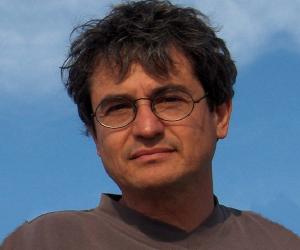
Carlo Rovelli is an Italian theoretical physicist and writer. He is active mainly in the field of quantum gravity and is a founder of loop quantum gravity theory. He also has experience working in the history and philosophy of science. His popular science book, Seven Brief Lessons on Physics, has sold over a million copies worldwide.
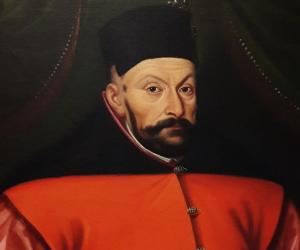
Stephen Báthory reigned as the King of Poland from 1 May 1576 to 12 December 1586. A member of the Báthory noble family of Hungary, Stephen ruled Transylvania during the 1570s before becoming the third elected king of Poland. Stephen Báthory is counted among the most successful kings in the history of Poland.
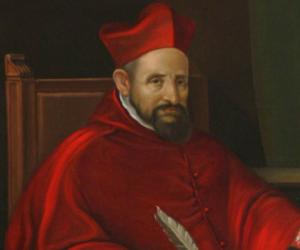
Robert Bellarmine was an Italian Jesuit and cardinal of the Catholic Church. One of the most important figures in the Counter-Reformation, he has been named a Doctor of the Church. He has also been canonized as a saint. He was a professor of theology at the Roman College and later became its rector. He became Archbishop of Capua in 1602.
Italian violinist Giuseppe Tartini initially studied and also established himself as a skilled fencer. Arrested for marrying an acquaintance of the archbishop of Padua, he fled to a monastery in Assisi, where he got addicted to music, later inventing the difference tone and a theory of harmony.
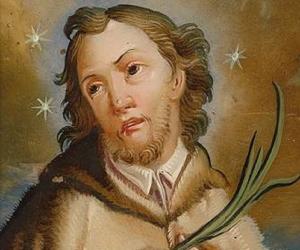
John of Nepomuk was the saint of Bohemia (present-day Czech Republic) who is usually depicted with a halo of five stars, symbolizing the stars that hovered over the Vltava River at the time of his murder. John of Nepomuk, who was drowned at the behest of Wenceslaus of Luxembourg, was beatified and canonized in 1721 and 1729 respectively.
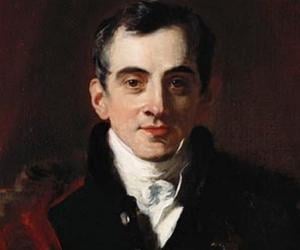
Ioannis Kapodistrias was a Greek statesman who served as the first Governor of Greece from 1828 to 1831. One of the most distinguished diplomats and politicians of Europe, Kapodistrias had served as the Foreign Minister of Russia from 1816 to 1822. Considered an architect of Greek independence, Ioannis Kapodistrias is also regarded as the founder of the modern Greek state.
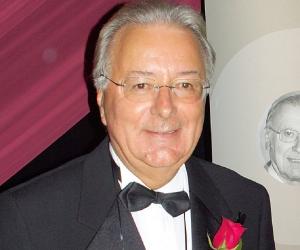
Federico Faggin is an Italian-American engineer, physicist, inventor, and entrepreneur. He designed the first commercial microprocessor, the Intel 4004. He is also the creator of the self-aligned MOS (metal–oxide–semiconductor) silicon-gate technology (SGT). As an entrepreneur, he co-founded Zilog, a company dedicated to microprocessors. He is the recipient of the 2009 National Medal of Technology and Innovation.
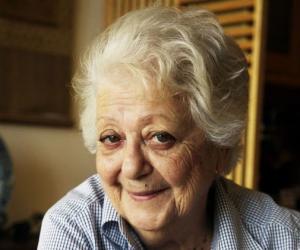
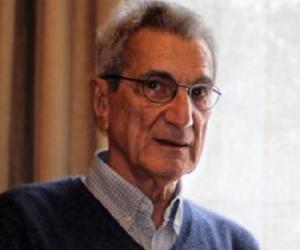
Italian philosopher Antonio Negri has donned many hats, from teaching law at the University of Padua to being part of the Italian parliament. An Autonomism leader, he was accused of being part of the left-wing militant organization Red Brigades and later fled to Paris. Empire is one of his best works.
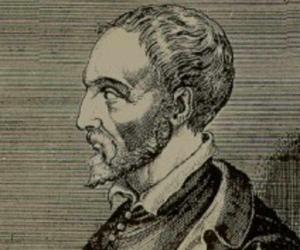
Italian polymath Gerolamo Cardano is best known for his iconic work Ars magna, or The Great Art, which contributed immensely to the field of algebra. Throughout his illustrious life, he had been a physician, a math lecturer, and an astrologer. He was also the first to describe typhus fever clinically.
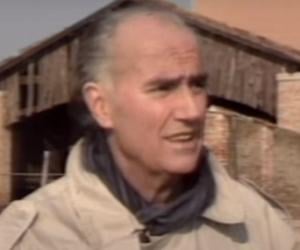
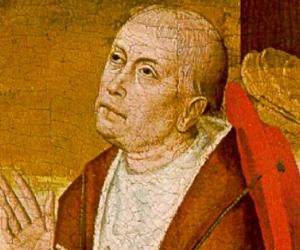
Nicholas of Cusa was a German mathematician, astronomer, jurist, theologian, and philosopher. One of the first supporters of Renaissance humanism in Germany, Nicholas of Cusa made significant political and spiritual contributions in European history. He is remembered for his efforts to reform the universal and Roman Church.
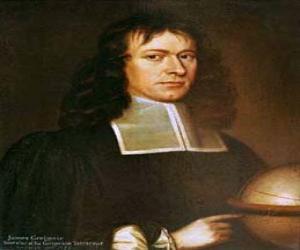
James Gregory was a Scottish astronomer and mathematician. A celebrated mathematician, Gregory served as a professor of mathematics in several institutions like the University of Edinburgh and the University of St Andrews. He is also remembered for publishing several books, including Optica Promota, which describes Gregory's design for a reflecting telescope which came to be known as the Gregorian telescope.
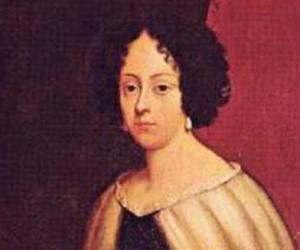
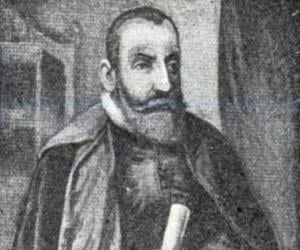
Jan Kochanowski was a Polish Renaissance poet whose poetic patterns became a key component of the Polish literary language. Kochanowski is considered the greatest Polish poet before the arrival of Adam Bernard Mickiewicz. Jan Kochanowski is best remembered for his magnum opus Treny, a series of 19 elegies on the demise of his two-and-a-half-year-old daughter Urszula.
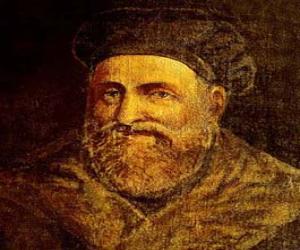
Sixteenth-century Italian anatomist Gabriele Falloppio was also a Catholic priest. Of his many discoveries, the most well-known are the tubes which link the ovaries to the uterus, named fallopian tubes. He was also the first to offer written description of a condom as a protective measure against syphilis.
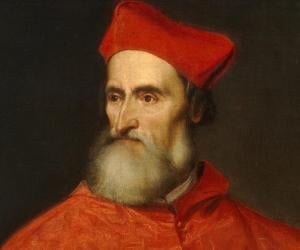
Pietro Bembo was an Italian scholar, poet, and literary theorist. He was also a cardinal of the Roman Catholic Church and a member of the Knights Hospitaller, a Catholic military order. He played a key role in the development of the Tuscan dialect as a literary language. As a priest, he promoted the Christian perfection of Renaissance humanism.
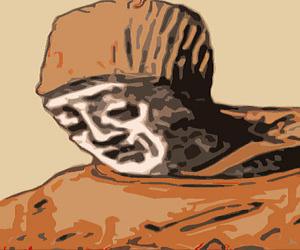
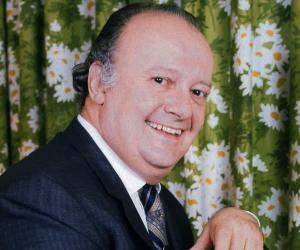
Tito Gobbi was an Italian operatic baritone who performed at major opera houses throughout Italy. He is best remembered for his portrayal of the roles of Falstaff and Iago. After his retirement, Tito Gobbi focused on his writing skills and produced two books, including his autobiography titled Tito Gobbi: My Life.
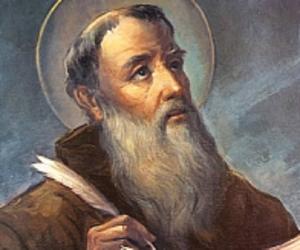
Lawrence of Brindisi was a Roman Catholic priest and a theologian. He was an accomplished linguist and could read and speak native Italian, Latin, Hebrew, Greek, Spanish, and German fluently. Ordained a priest at 23, he was elected the superior of the Capuchin Franciscan province of Tuscany at 31. He was canonized as a saint in December 1881.
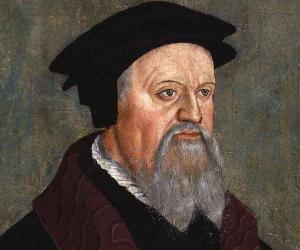
Italian reformer Peter Martyr Vermigli was born to a shoemaker and was initially an abbot at St. Peter ad Aram. He is best known for siding with the Calvinist doctrine of the Eucharist and had penned works such as Loci Communes. He also developed his very own idea of double predestination.
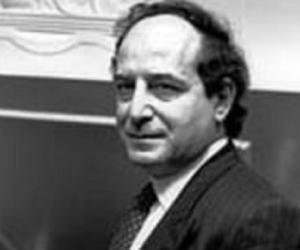
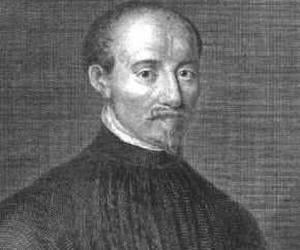
Italian theologian and scientist Paolo Sarpi was also a lawyer. He lost his father early and was raised by his mother and uncle. His intellect and seriousness had earned him the nickname The Bride in his early days. He advocated for the separation of the Church and the state.
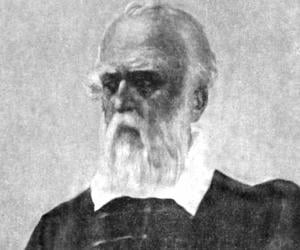
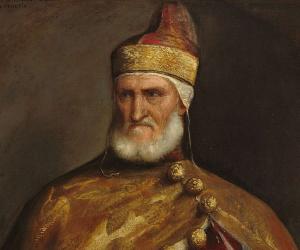
Andrea Gritti was the Doge of the Republic of Venice from 20 May 1523 until his death on 28 December 1538. Prior to his service as a Doge, Gritti had a distinguished military and diplomatic career. Andrea Gritti played an important role in the War of the League of Cambrai, where he led the Venetian military troops.
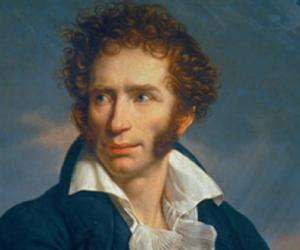

Italian-born humanist scholar, historian and priest, Polydore Vergil is especially famed for his magnum opus, Twenty-six Books of English History, often being dubbed as the Father of English History for this feat. Sent to England soon after being ordained as priest, he spent major part of his life there, authoring many other works, including Proverbiorum libellus and De rerum inventoribus.
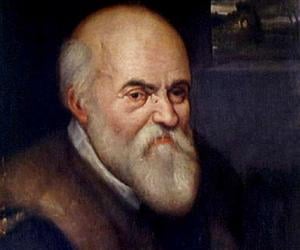
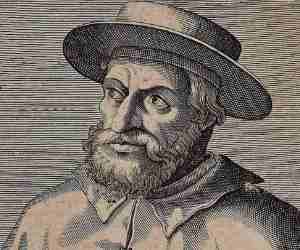
Greek Renaissance humanist John Argyropoulos was a major figure of the classical Greek revival in Italy in the 15th century. A teacher, he hopped between Constantinople and Italy. He later worked as a professor of Greek in Florence and then moved to Rome. He also translated many major Greek works into Latin.
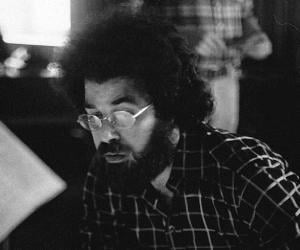
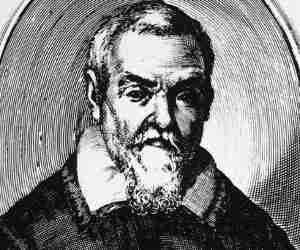
Santorio Santorio was an Italian physician, physiologist, and professor. He is best remembered for inventing several medical devices during his lifetime. He was the first person to use a water current meter, a wind gauge, and a thermoscope. Among his best known work is De Statica Medicina, which is credited with influencing generations of physicians.
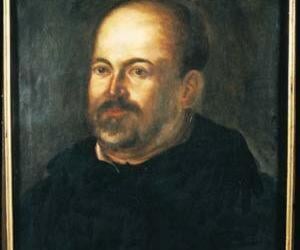
Benedetto Castelli, a Benedictine priest and a student of Galileo, later became a math professor at the University of Pisa. His On the Measurement of Water Currents is considered a fundamental work in hydraulics. He was the first to work on the principle of the barometer and sustained vacuum.
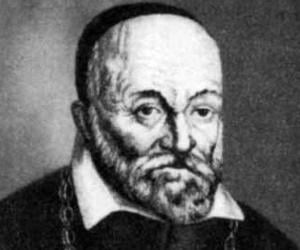
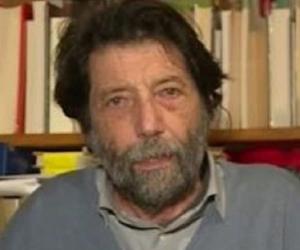
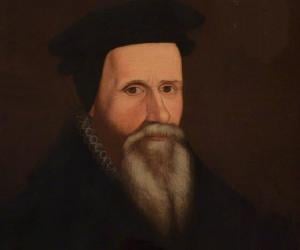
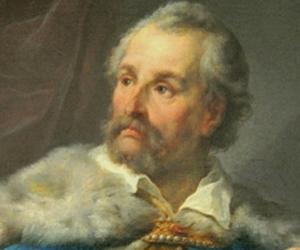
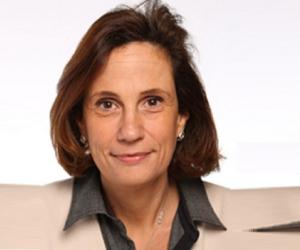
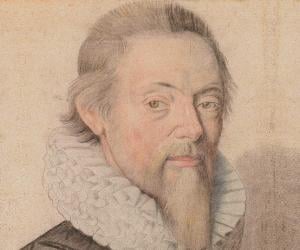
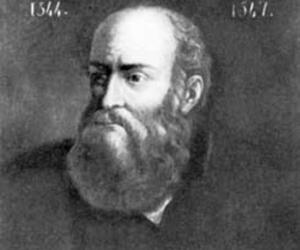
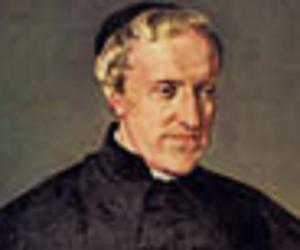
Antonio Rosmini was an Italian Roman Catholic priest and philosopher who founded the Rosminians, officially known as the Institute of Charity. A key figure in Italian Liberal Catholicism, he pioneered the concept of social justice. He had a doctorate in theology and canon law and was appointed as a political advisor to the government of Piedmont.
